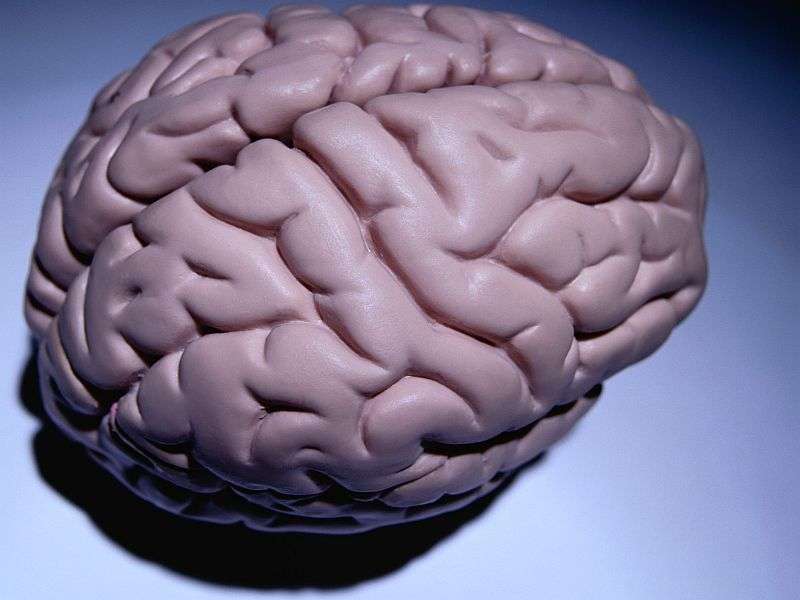(HealthDay)—Glaucoma may be associated with lower fractional anisotropy in the optic radiations, forceps major, and corpus callosum, possibly as a result of white matter degeneration, according to a study published online April 25 in Ophthalmic & Physiological Optics.
Christine C. Boucard, Ph.D., from Jikei University in Japan, and colleagues performed diffusion tensor imaging in 30 participants with normal-pressure glaucoma and 21 age-matched healthy controls. Fractional anisotropy and mean diffusivity of the white matter of the brain were compared between the groups using voxel-wise tract-based spatial statistics.
The researchers found that fractional anisotropy was significantly lower in glaucoma patients in a cluster in the right occipital lobe (P < 0.05; family-wise error-corrected) comprising fibers of both the optic radiation and the forceps major. Bilateral involvement of the optic radiations and forceps major was confirmed with additional analysis, which also revealed damage to the corpus callosum and parietal lobe (P < 0.09; family-wise error-corrected). There was a positive association between fractional anisotropy of the optic radiation and optic nerve damage in a region of interest-based analysis.
"In this specific population, glaucoma is associated with lower fractional anisotropy in the optic radiations, forceps major, and corpus callosum. We interpret these reductions as evidence for white matter degeneration in these loci," write the authors.
Copyright © 2016 HealthDay. All rights reserved.
























